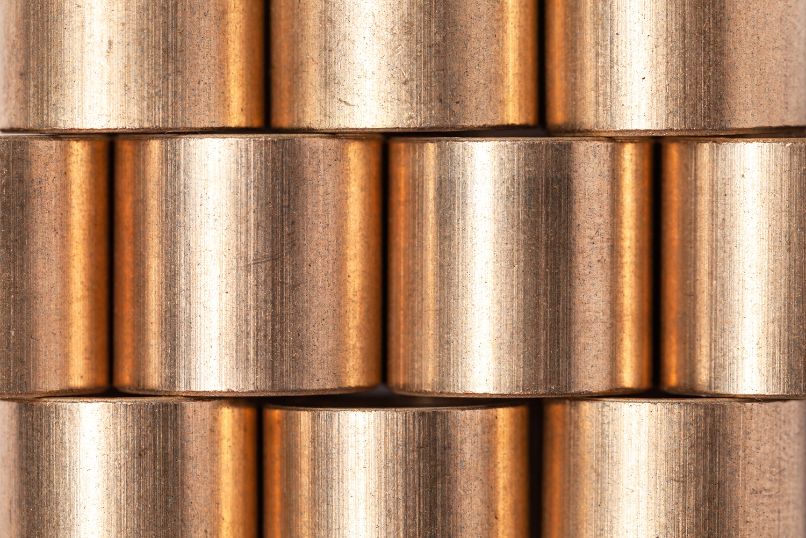Ensuring the highest quality of cast bronze components is crucial across various industries, from manufacturing to art. This initial phase of quality inspection involves rigorous methodologies designed to evaluate and verify the integrity, composition, and aesthetic of cast bronze items. Each method focuses on different aspects of the material, from its structural soundness to its surface quality and composition.
Let’s look at four methods of cast bronze quality inspection and their specific objectives.
Visual Inspection
Visual inspection is the most basic and commonly used method for quality control. It involves a thorough visual examination of the cast bronze component, looking for any visible defects such as cracks, porosity, or surface imperfections. The inspector uses specialized tools like magnifying glasses and flashlights to examine the item’s surfaces, edges, and corners closely. This method effectively detects surface defects that may compromise the structural integrity or aesthetics of the cast bronze component.
Dimensional Inspection
Dimensional inspection is a crucial method for ensuring that a cast bronze component meets specific dimensional requirements such as size, shape, and tolerances. It involves using specialized equipment such as coordinate measuring machines (CMMs), calipers, and micrometers to accurately measure the component’s dimensions. This method is essential for components that require precise specifications, such as engine parts or industrial machinery.
Material Analysis
Material analysis is a vital method used to verify the composition of cast bronze components. It involves identifying the type and percentage of various elements present in the material, ensuring it meets industry standards and specifications. This method is typical in spectroscopy, which uses light measurements to determine the material’s chemical composition.
Non-Destructive Testing
Non-destructive testing (NDT) is a crucial method used to inspect cast bronze components without causing any damage. NDT techniques include ultrasonic testing, radiography, and magnetic particle inspection. These methods detect any internal or hidden defects in the material without altering its properties. NDT is particularly useful for safety-critical components such as aerospace and automotive parts.
These four cast bronze quality inspection methods play a crucial role in ensuring the integrity and reliability of cast bronze components. They help identify potential issues early in production, allowing for timely corrections and improvements. By conducting thorough inspections, manufacturers can guarantee their customers the highest quality of cast bronze components. So it is essential to follow these methods diligently to maintain the material’s integrity and ensure its suitability for various applications.
If you’re looking for bronze casting alloys for your project, Wieland Diversified can help. We offer a wide range of high-quality bronze alloys for various industrial and artistic applications. Our team of experts follows strict quality control measures to ensure that our products meet the highest standards of quality and reliability. Contact us today to learn more about our cast bronze offerings and how we can assist you with your next project.

